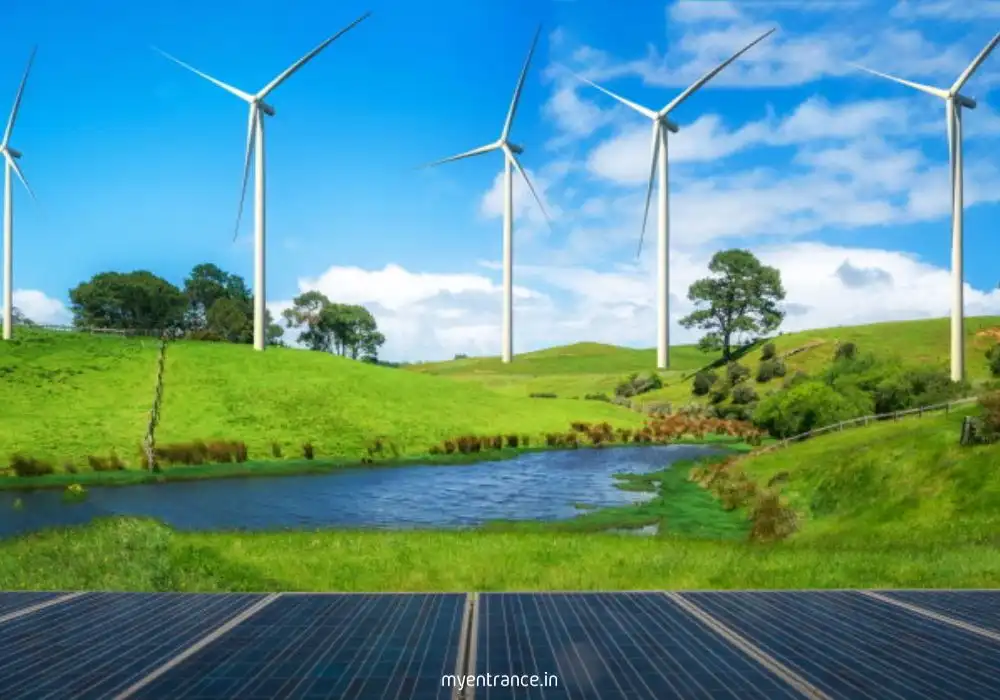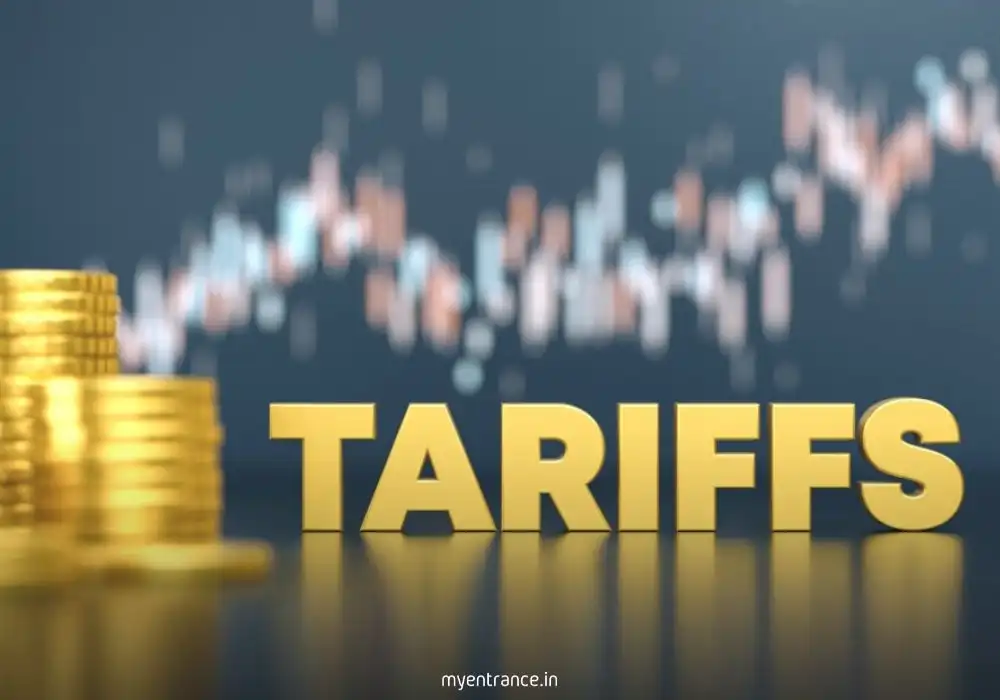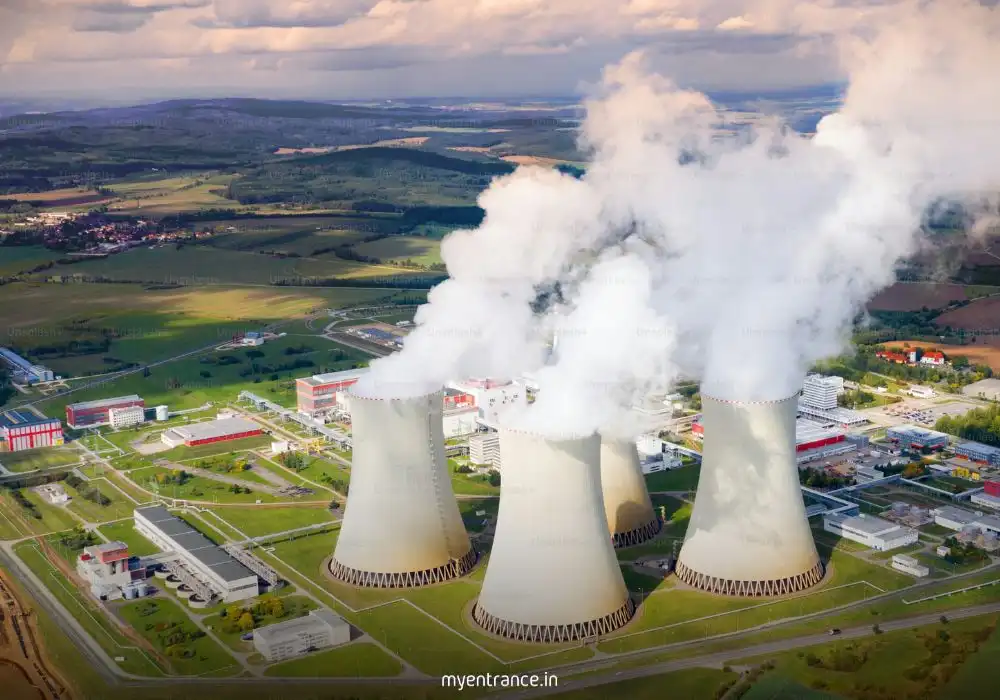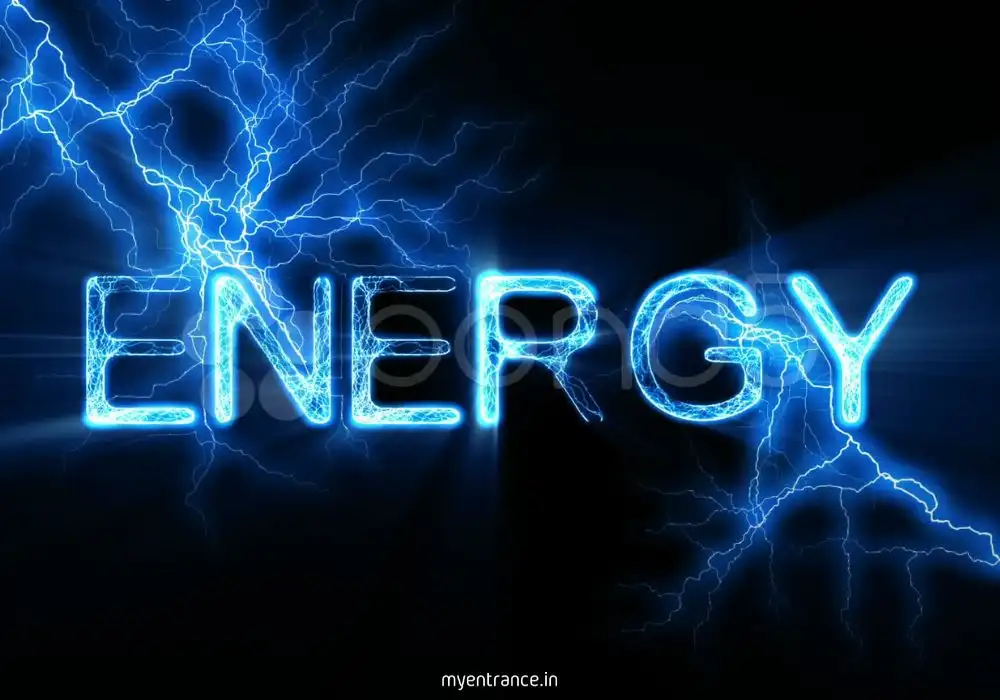Translate Language
Renewable and Green Energy: Types, Benefits, and Future Trends
Renewable and green energy is the backbone of a sustainable future. Unlike fossil fuels, which deplete over time and harm the environment, renewable energy comes from natural sources that constantly replenish—sunlight, wind, water, geothermal heat, and biomass. Governments and organizations worldwide are rapidly shifting towards these cleaner alternatives to combat climate change, reduce pollution, and ensure energy security.
At MyEntrance.in, we provide comprehensive study materials, mock tests, and daily quizzes on current affairs, including renewable energy topics, for competitive exams like UPSC, SSC, PSC, KAS, NID, and NIFT. This guide will help you understand the different types of renewable energy, their benefits, challenges, and global adoption trends.

Types of Renewable and Green Energy
1. Solar Energy
Solar power harnesses sunlight through photovoltaic (PV) panels or solar thermal systems. PV panels convert sunlight directly into electricity, while solar thermal systems use mirrors to concentrate solar heat for power generation.
Advantages:
Abundant and inexhaustible.
Solar is now the cheapest electricity source (IEA).
Countries like India, China, and the U.S. lead in solar capacity.
2. Wind Energy
Wind turbines convert kinetic energy from wind into electricity. They can be installed onshore or offshore, with offshore wind farms generating more power due to stronger winds.
Key Facts:
Global wind capacity exceeded 906 GW in 2023 (GWEC).
Zero emissions during operation.
China and the U.S. are top wind energy producers.
3. Hydropower
Hydropower generates electricity by using flowing or falling water to spin turbines. It’s the largest renewable energy source, contributing over 16% of global electricity (IRENA).
Pros & Cons:
Highly efficient and reliable.
Large dams may disrupt ecosystems and displace communities.
4. Geothermal Energy
This energy comes from the Earth’s internal heat. Geothermal plants tap into underground hot water reservoirs for electricity and heating.
Benefits:
Available 24/7, unlike solar or wind.
Low greenhouse gas emissions.
Iceland, Kenya, and the Philippines utilize it effectively.
5. Biomass Energy
Biomass energy comes from burning organic materials like agricultural waste, wood, and municipal waste.
Sustainability Factor:
Can be carbon-neutral if managed properly.
Requires responsible sourcing to avoid deforestation.
6. Ocean Energy (Tidal & Wave)
Ocean energy captures power from tides and waves. Though still developing, it has high potential due to predictable ocean movements.
Technologies Used:
Tidal barrages, underwater turbines, oscillating water columns.
Countries like the UK and Canada are investing in tidal energy.
Environmental and Economic Benefits
✅ Reduces greenhouse gas emissions – Critical for limiting global warming to 1.5°C (IPCC).
✅ Improves air and water quality – Less pollution compared to fossil fuels.
✅ Creates jobs – Over 13.7 million jobs in renewables globally (IRENA 2022).
✅ Cost-effective – Solar and wind are now cheaper than coal in many regions.
Challenges in Renewable Energy Adoption
⚠ Intermittency – Solar and wind depend on weather conditions; energy storage solutions like batteries are needed.
⚠ High initial costs – Infrastructure setup requires significant investment.
⚠ Grid modernization – Existing power grids need upgrades to handle decentralized renewable sources.
⚠ Geographical limitations – Some regions lack consistent sunlight, wind, or geothermal activity.
Global Policies and Future Outlook
European Union – Aims for climate neutrality by 2050 (European Green Deal).
🇮🇳 India – Targeting 500 GW of non-fossil fuel capacity by 2030.
🇺🇸 USA – Inflation Reduction Act (2022) boosts renewable investments.
According to the IEA (2024), renewables will drive 90% of global electricity expansion, with solar leading the way. Innovations in energy storage, green hydrogen, and carbon capture will further accelerate this transition.
Conclusion
Renewable and green energy is essential for a sustainable future. While challenges like intermittency and infrastructure costs exist, advancements in technology and supportive policies are driving rapid adoption. By embracing solar, wind, hydropower, and other clean energy sources, we can reduce carbon emissions, create jobs, and ensure energy security for future generations.
For more exam-focused content, Daily Quizzes, and mock tests, visit MyEntrance.in—your one-stop destination for competitive exam preparation!
Questions & Answers for Competitive Exams
Q1: Which renewable energy source is the largest contributor to global electricity?
✅ Answer: Hydropower (over 16% of global electricity generation).
Q2: What is the main advantage of geothermal energy?
✅ Answer: It provides a stable, 24/7 power supply with very low emissions.
Q3: Which country leads in wind energy capacity?
✅ Answer: China, followed by the United States.
Q4: Why is biomass considered a carbon-neutral energy source?
✅ Answer: The CO₂ released during combustion is offset by the CO₂ absorbed during plant growth.
Q5: What is the primary challenge of solar and wind energy?
✅ Answer: Intermittency—they depend on sunlight and wind availability, requiring energy storage solutions.
Get 3 Months Free Access for SSC, PSC, NIFT & NID
Boost your exam prep!
Use offer code WELCOME28 to get 3 months free subscription. Start preparing today!














